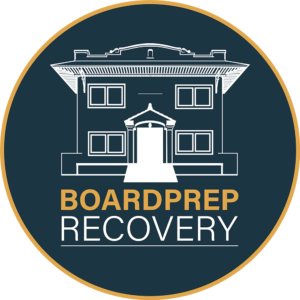When healthcare workers become dependent upon the very drugs intended to help their patients, disaster is right around the corner. And the problem is not limited to just a few doctors and nurses addicted to painkillers. Indeed, survey results indicate 1 out of 10 healthcare workers (10%) will experience substance abuse or addiction issues during their career.[1]
Given the current opioid epidemic and the consequential rise in overdose deaths,[2] a few statistics bear out the severity of the problem, both for the general public and any healthcare worker facing the challenges of having a substance use disorder (a.k.a. chemical dependency, addiction to alcohol or drugs).
- 12% of the estimated 2 million drug abusers are addicted.
- 4 out of 5 pharmacy-filled prescriptions are for opioids.
- Over 16 million Americans (over the age of 12) are annual abusers of prescription drugs.[3]
This data alone—let alone countless other research findings about the current drug problem in America—present a stark reminder about the potential risks inside hospitals and doctors’ offices across the country.
The fact is, doctors and nurses work daily in offices and medical centers stocked with addictive prescription drugs, and their proximity and ease of access to such makes it easier to abuse them.
David Rosenbloom, the president of the National Center on Addiction and Substance Abuse at Columbia University, said a doctor’s proximity to drugs makes it easier to get hooked.
“They get them by stealing them from the hospitals or pharmacies where they work, writing prescriptions for themselves or phony patients,” Rosenbloom said.[4]
Dr. Jason Giles, who was a high-achieving medical student in California, striving to become an anesthesiologist, said he began administering the drug Fentanyl to himself to ease the stress and provide him with some temporary relief of the fears and anxieties he felt about becoming a doctor. By making up fictional patients and signing out drugs to them, he was able to keep his growing addiction covert.
“I found a vein and used my training to give myself the medications. I thought that having some training or knowledge, that I could get out of trouble if I got into it. The truth is, with that substance there just is no escape.”[5]
And while Giles was eventually caught, he got into drug treatment, completed the protocol and is now helping others like him who are drawn to the drugs right in front of them. Giles regularly presents lectures to residents and doctors about substance uses disorders among healthcare professionals, and is also director of a drug treatment center in California.
He acknowledged, “We’re supposed to be where the health care comes from, right? We’re supposed to be the ones who make it better. And I couldn’t even take care of myself.”[6]
Fortunately, treatment programs focusing on the support of healthcare workers seeking recovery is available nationwide.
“Every state has a formal program to provide treatment and supervision for physicians (and in most states, for nurses, as well). And in fact, these programs are a model for what everyone should have,” Rosenbloom said.[7]
The good news is that healthcare professionals (including doctors and nurses) demonstrate a higher-than-normal rate of success when it comes to recovering from substance use disorders. According to a review of literature in the Journal of Mental Health, once doctors complete treatment for their substance abuse disorder, more than three quarters of them are ‘clean and sober’ and still practicing medicine five years later.[8]
[1] Doctors, medical staff on drugs put patients at risk (usatoday.com)
[2] Drug Overdose Death Statistics [2021]: Opioids, Fentanyl & More (drugabusestatistics.org)
[3] Prescription Drug Abuse Statistics – NCDAS
[4] Drug Addicted Doctors Create Patient Risk – ABC News (go.com)
[5] Ibid.
[6] Ibid.
[7] Ibid.







